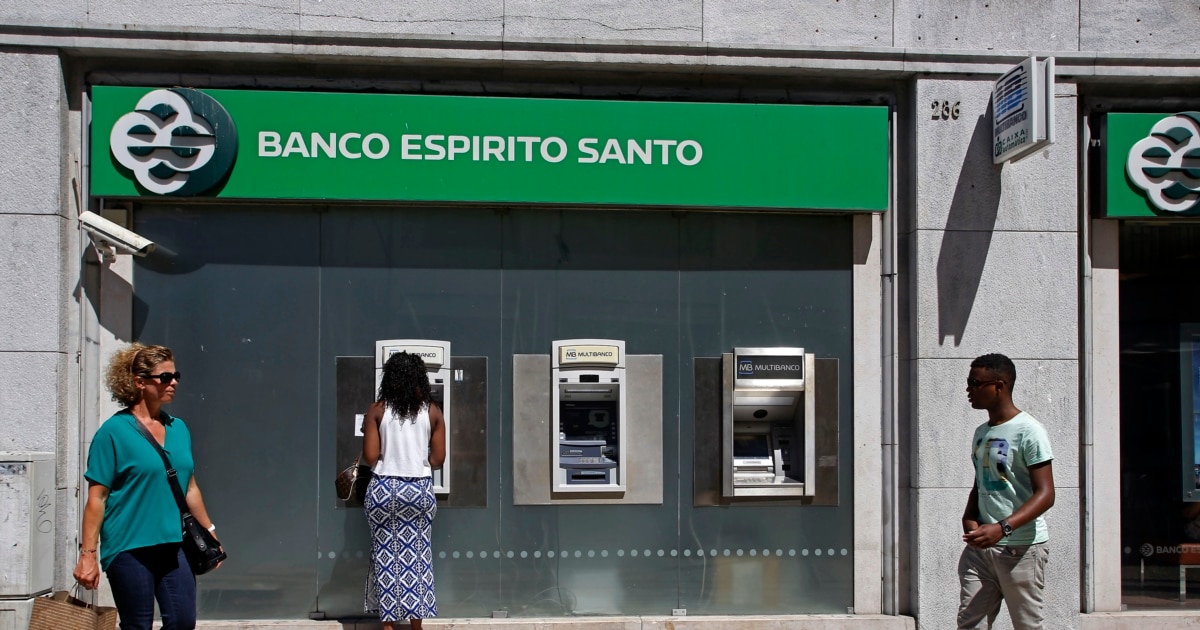
After completing the project on Friday (November 11), Dublin welcomed a new submarine communications cable linking Ireland to Iceland.
This project is part of Dublin’s broader strategy to make Ireland “Gateway to EuropeIn cables, it acts as a link between Europe and North America.
The cable runs directly from Galway, on the west coast of Ireland, to Thorlakshoven, in southern Iceland, and will, by extension, connect Ireland to northern Europe via further submarine links between Iceland and Denmark.
“Today is the first day that a non-UK or North American submarine cable has been installed in Irelandsaid Ossian Smith, Secretary of State for Communications and the Circular Economy.
“It is the beginning of the Irish strategy of direct contact with Northern and Southern Europe. Ireland is now ready to welcome another submarine cable.»
Two similar projects are already being planned, one that will connect Ireland with Japan via the Northwest Passage, and the other with Portugal, in what, according to Eamonn Ryan, the Minister for the Environment and Communications, may be.The beginning of a new connection along the eastern Atlantic“.
The Irish government said the Ireland-Iceland cable, operated by Farice, an Icelandic government-owned company, aims to improve international and domestic connectivity, and help increase the capacity needed to meet growing demand for digital services and data.
Ryan said the cable would provide a digital connection to Irish businesses, in particular, and do “Part of the New Industrial Revolution – one that combines high quality digital infrastructure with renewable technology, infrastructure and skills“.
The government stressed that the new connection also has a security aspect, as the addition of additional links will reduce the risk of simultaneous outages.
Enhancing the resilience of submarine cables has become an EU-wide priority in recent months, particularly in the wake of the alleged attacks on the Nord Stream gas pipeline in September.
Last month, Commission President Ursula von der Leyen stressed the importance of protecting undersea data cables by proposing a five-point plan to strengthen critical infrastructure.






